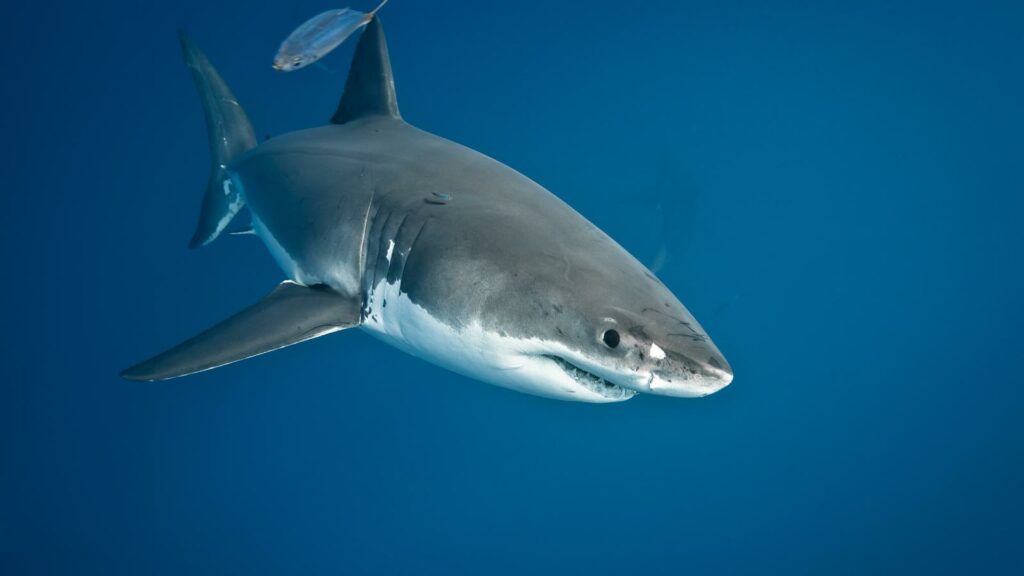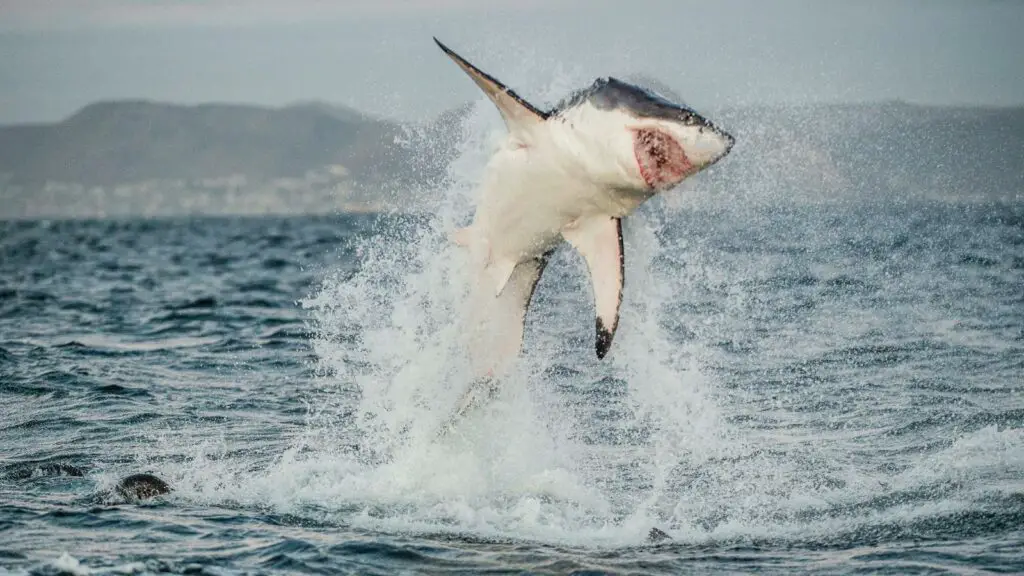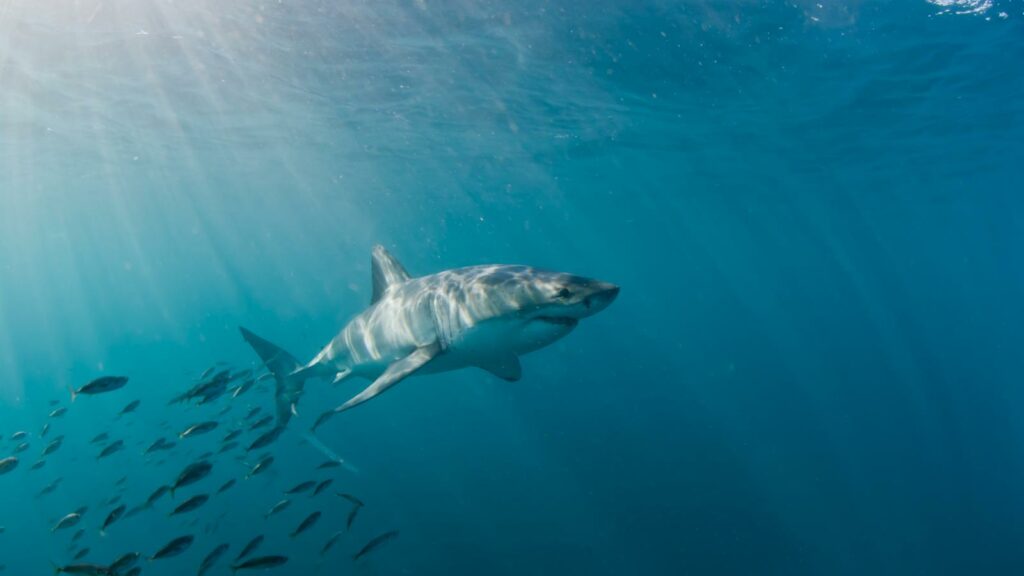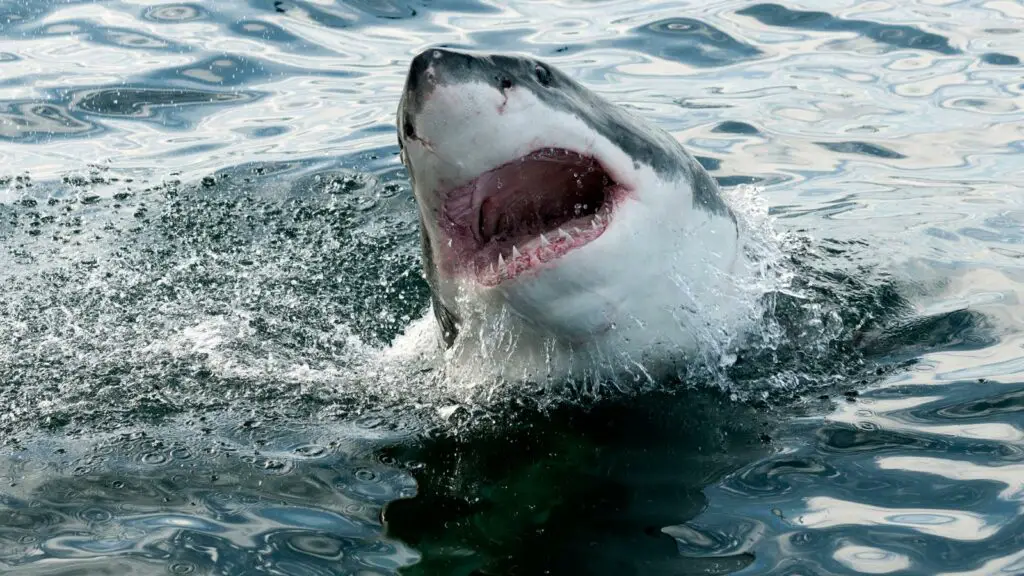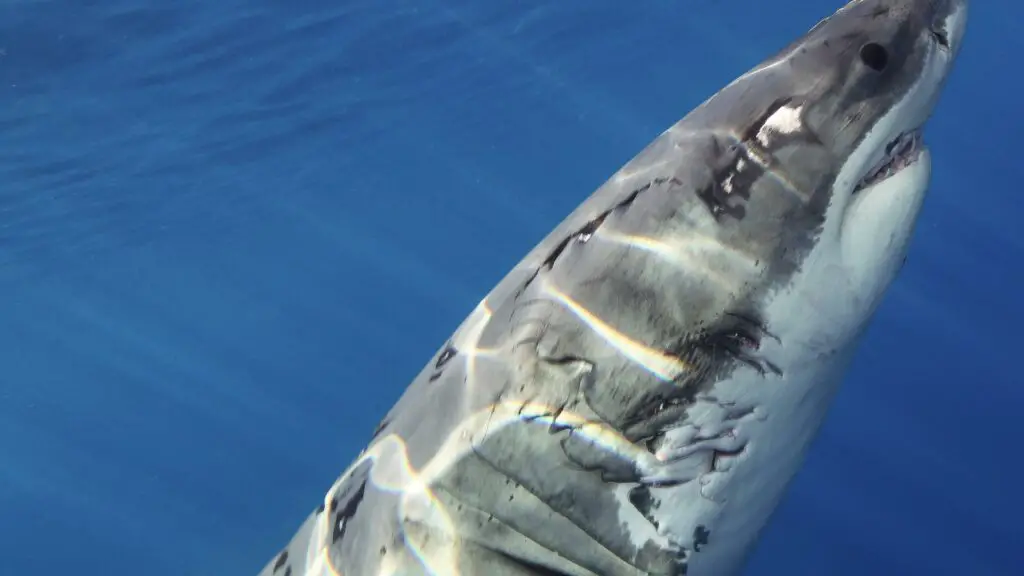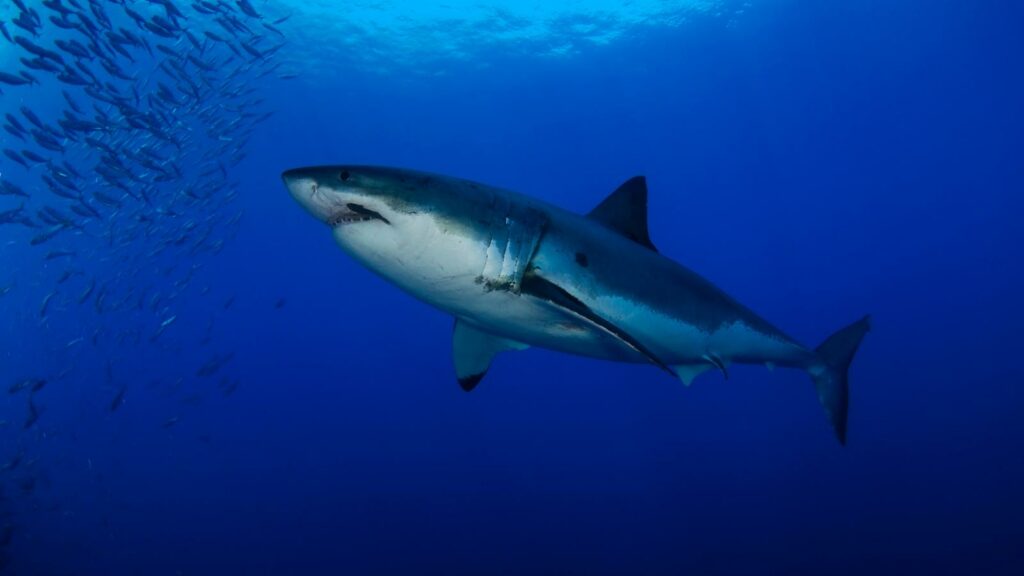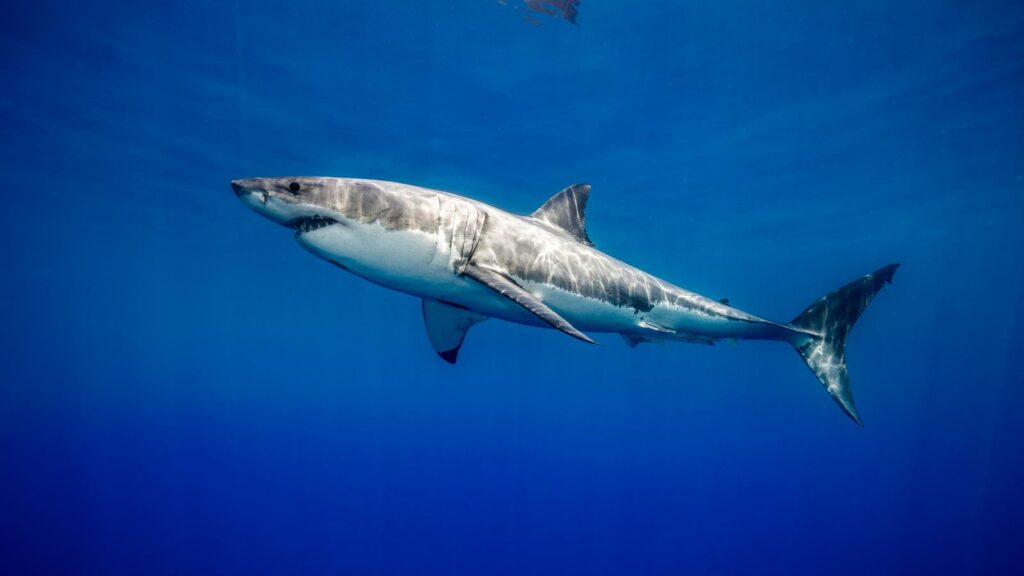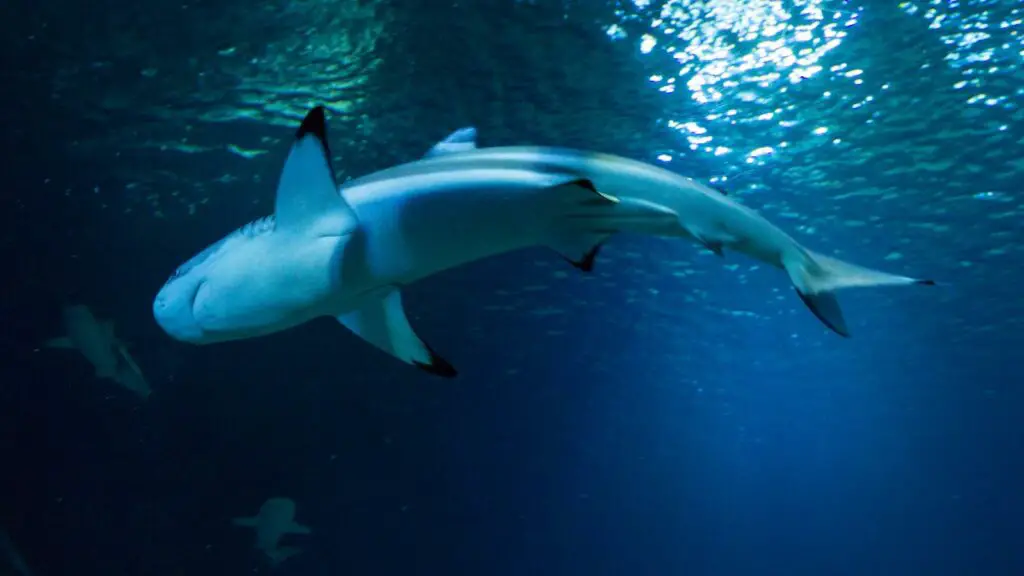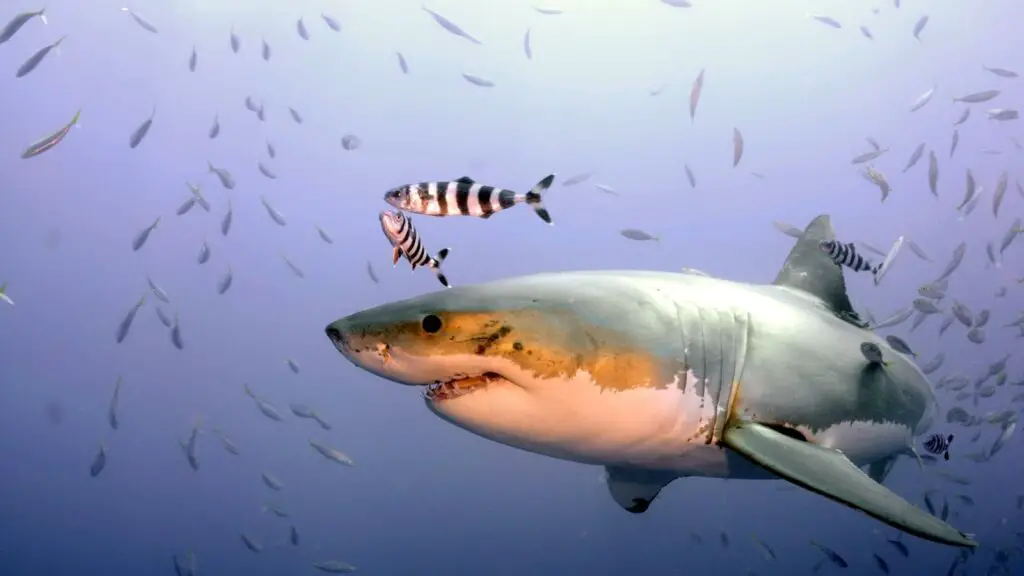We often fear what we don’t understand. And in the vast depths of the ocean, no creature embodies this sentiment more than the great white shark. Often misunderstood and labeled as an unthinking predator, the great white shark is, in fact, a marvel of evolution with numerous fascinating adaptations that make it one of the most successful hunters in the ocean. In this comprehensive guide, we will unravel the world of the great white shark adaptations and discover how these creatures have not only survived, but thrived, for millions of years in the ocean’s unforgiving environment.
The Great White Shark Adaptations
Behavioral Adaptations of the Great White Shark
The behavioral adaptations of the great white shark are as complex and fascinating as their physical adaptations. These behaviors not only contribute to their success as apex predators but also highlight their intelligence and capacity for learning. Understanding these behaviors not only deepens our appreciation for these incredible creatures but also provides valuable insights that can aid in their conservation.
Social Hierarchies and Displays
Despite their reputation as lone predators, great white sharks actually exhibit complex social behaviors. Much like wolves or lions, they establish hierarchies based on a variety of factors such as size, sex, and levels of aggressiveness. Larger sharks typically dominate smaller ones, and females often dominate males. This social order helps maintain peace and minimizes physical confrontations that could lead to severe injuries.
Additionally, great white sharks use body language as a form of communication. Specific postures and movements send different messages to other sharks. For instance, a great white shark may display submission by moving away from a more dominant shark, or it may communicate aggression by arching its back and lowering its pectoral fins.
Breaching Behavior
One of the most dramatic and well-known behaviors in the animal kingdom is the great white shark’s breach. This is when the shark propels itself out of the water, often entirely, in a spectacular display of power and speed. This breaching behavior typically occurs when hunting fast-moving prey like seals or sea lions.
The breach begins with the shark locating its prey from below. Then, it swims towards the surface at high speed. The force generated by the shark’s powerful tail propels it out of the water, often with the prey in its mouth. This strategy allows the shark to hit the prey with tremendous force, often killing it outright or stunning it enough to make the final kill easier.
Scavenging
Although renowned as formidable hunters, great white sharks are also opportunistic scavengers. They are known to feed on the carcasses of whales and other large marine animals when the opportunity arises. This scavenging behavior is an important adaptation as it provides the sharks with an alternative food source when hunting is difficult or unsuccessful.
Migration Patterns
Great white sharks are highly migratory creatures, with individuals known to travel thousands of kilometers across oceans. This migratory behavior is often driven by the need to find food and mates, and possibly to give birth in preferred nursery areas. For example, in the Pacific Ocean, great white sharks are known to migrate between the coast of California and a region in the mid-Pacific known as the White Shark Café. Although the reasons for this long-distance migration are not entirely clear, it is thought to be related to feeding and reproduction.
Camouflage and Ambush Tactics
A great white shark’s coloration, darker on top and lighter below, serves as a form of camouflage known as countershading. When viewed from below, the shark’s lighter belly blends with the brightness of the surface. When seen from above, its darker back merges with the darker sea depths. This adaptation allows the great white to be nearly invisible to its prey until it is too late.
The great white shark often uses this camouflage in combination with ambush tactics when hunting. It positions itself beneath its prey, blends with the ocean depths, then strikes with a swift, surprise attack from below, capturing its prey before it has a chance to react.
Learning and Memory
Contrary to popular belief, great white sharks are not mindless killing machines. They exhibit signs of a learning capability and memory use. For example, they have been observed learning to associate the sound of a boat engine with the availability of food, showing that they can remember and respond to specific cues in their environment. These cognitive abilities could play a vital role in various aspects of their life, such as hunting, navigating, and social interactions.
Sensitivity to Magnetic Fields
Great white sharks, like many other marine species, are sensitive to the Earth’s magnetic field. They use it as a navigational tool during their long-distance migrations. Studies have shown that sharks can detect magnetic fields and use them to orient themselves and navigate across vast ocean distances. This ‘magnetic sense’ is especially crucial for great white sharks as they are known to undertake epic journeys across entire ocean basins.
Night Hunting
Although great white sharks are often considered diurnal (active during the day), some individuals have been observed hunting effectively at night. This ability to switch hunting times could be a behavioral adaptation to their prey’s availability and activity patterns. For example, some of their preferred prey, such as seals and sea lions, often rest or sleep near the shore during the night, potentially providing an easier target for these adaptable predators.
Surface-Feeding Behavior
Great white sharks have also been observed feeding near the water’s surface, a behavior known as surface feeding. This usually happens when hunting seals and sea lions, which often swim or float near the surface. The great white shark approaches from below and takes a powerful, fast upward bite at the prey. Sometimes this results in the aforementioned breaching behavior. Surface feeding allows the shark to take advantage of the prey’s blind spot below and behind them, demonstrating the shark’s strategic hunting capabilities.
Territoriality
While great white sharks are generally not considered territorial in the traditional sense, some research suggests they may exhibit a form of territorial behavior. Larger sharks often control prime hunting areas, and while these areas are not defended from other sharks, the social hierarchies established tend to dissuade smaller sharks from encroaching. This is a subtle form of territoriality and another indicator of the complex social behaviors of these animals.
Investigative Biting
Great white sharks often use their mouths to investigate objects in their environment, a behavior known as investigative biting. This might seem odd, considering the potential for their powerful jaws to destroy what they’re investigating. However, because sharks lack hands and have relatively poor vision, their sense of taste and touch in their mouths can provide valuable information about the nature of an object, whether it’s potential food, a curious object, or even a potential threat.
Structural Adaptations of the Great White Shark
The great white shark’s structural adaptations are a product of millions of years of evolutionary refinement. They combine to make the great white shark one of the most perfectly adapted predators on the planet. By understanding these adaptations, we gain insights into how these incredible creatures have come to dominate their oceanic environment.
Streamlined Body
The great white shark has a torpedo-shaped body which is highly streamlined, allowing it to move through the water with minimal resistance. This efficient design enables the shark to swim swiftly and silently, essential for catching fast-moving prey.
Sharp, Replaceable Teeth
One of the most obvious structural adaptations in the great white shark is its teeth. The shark has about 300 serrated, triangular teeth arranged in multiple rows. When one tooth is lost or broken, another from the row behind moves up to take its place. This continuous replacement ensures that the shark always has a set of sharp teeth ready for hunting.
Caudal Fin
The caudal fin, or tail, of the great white shark is a powerful locomotive tool. It’s crescent-shaped and heavily muscled, allowing for strong bursts of speed. The upper lobe of the tail is larger than the lower lobe, which generates lift and helps the shark maintain its position in the water column.
Dermal Denticles
The skin of a great white shark is covered in tiny, tooth-like structures known as dermal denticles. These reduce drag and turbulence, allowing the shark to swim silently and efficiently. The denticles also provide protection against injuries and parasites.
Counter-shading
The great white shark exhibits a form of camouflage called counter-shading. Its back is dark grey-blue, and its underside is a lighter, almost white color. This coloration provides an adaptive advantage by making the shark difficult to see, both from above and below.
Large Liver
Great white sharks have a massive liver that can make up to a quarter of their body weight. The liver is filled with low-density oils, which provide buoyancy to the shark. It’s an essential adaptation as sharks do not have swim bladders, which most fish use to control their buoyancy.
Large Pectoral Fins
The great white shark’s large pectoral fins serve multiple purposes. They provide lift as the shark swims, helping to maintain depth in the water. They’re also used for steering and, when needed, for sudden changes in direction.
Eyes
The eyes of a great white shark are well-adapted for seeing in the dim light conditions of the deep ocean. They have a high concentration of rod cells, which aid in low-light vision, and a reflective layer behind the retina known as the tapetum lucidum, which increases the amount of light available to the photoreceptors.
Ampullae of Lorenzini
The Ampullae of Lorenzini are a network of electroreceptor organs that allow the shark to sense the electric fields produced by other organisms. These electroreceptors are particularly useful when hunting, as they can detect the tiny electrical signals produced by the muscles and nerves of potential prey.
Physiological Adaptations of the Great White Shark
The great white shark’s physiological adaptations support its predatory lifestyle, helping it hunt, navigate, survive in a variety of environmental conditions, and maintain its top position in the marine food chain. Understanding these adaptations gives us a more in-depth insight into how this extraordinary creature has evolved to be a remarkably successful and resilient marine predator.
Countercurrent Heat Exchange
Great white sharks, unlike many other species of sharks, are endothermic, meaning they can regulate their body temperature. They use a system known as countercurrent heat exchange, where warm blood from the core of the shark’s body warms the cooler blood returning from the gills. This adaptation allows great white sharks to inhabit colder waters than most other shark species and gives them an advantage in hunting cold-blooded prey.
Efficient Digestive System
Great white sharks have an efficient and powerful digestive system. Their stomachs secrete powerful acids and enzymes that can rapidly break down high-fat and high-protein meals, like seals or fish. This allows the shark to extract a large amount of energy from its meals, fueling its active lifestyle and large size.
Oxygen Uptake and Blood Circulation
Great white sharks have an advanced circulatory system that allows them to absorb oxygen from the water very efficiently. As they swim with their mouths open, water flows over their gills, and oxygen is transferred from the water into the shark’s bloodstream. Their powerful hearts then pump this oxygen-rich blood throughout their bodies, providing energy for their muscles and other tissues.
Salt Balance Regulation
Living in a marine environment, great white sharks have developed an adaptation to regulate the balance of salt in their bodies. They do this through a specialized organ called the rectal gland, which secretes excess salt, preventing the salt concentration in their bodies from becoming too high.
Advanced Sensory Systems
Great white sharks have evolved advanced sensory systems to help them navigate their environment and locate prey. As already mentioned, they have the ampullae of Lorenzini for detecting electrical fields. They also have a highly developed sense of smell, capable of detecting a single drop of blood in an Olympic-sized swimming pool. Their eyesight is well-adapted to the low-light conditions of the ocean depths, and their lateral line system can detect vibrations and changes in water pressure.
Highly Efficient Metabolism
The great white shark has a highly efficient metabolism to support its active lifestyle. This metabolism allows it to process and use the energy from its meals effectively. When food is scarce, it can slow its metabolism and live off its energy reserves, a crucial survival adaptation for an apex predator that often experiences unpredictable meal times.
Immune System
Great white sharks have a robust immune system, which can rapidly respond to wounds or infections. Their wounds heal remarkably quickly, even significant ones, and they seem to resist infections that would be fatal to many other species. While the specific adaptations contributing to this immune strength aren’t fully understood, it’s another key to their survival in the challenging marine environment.

